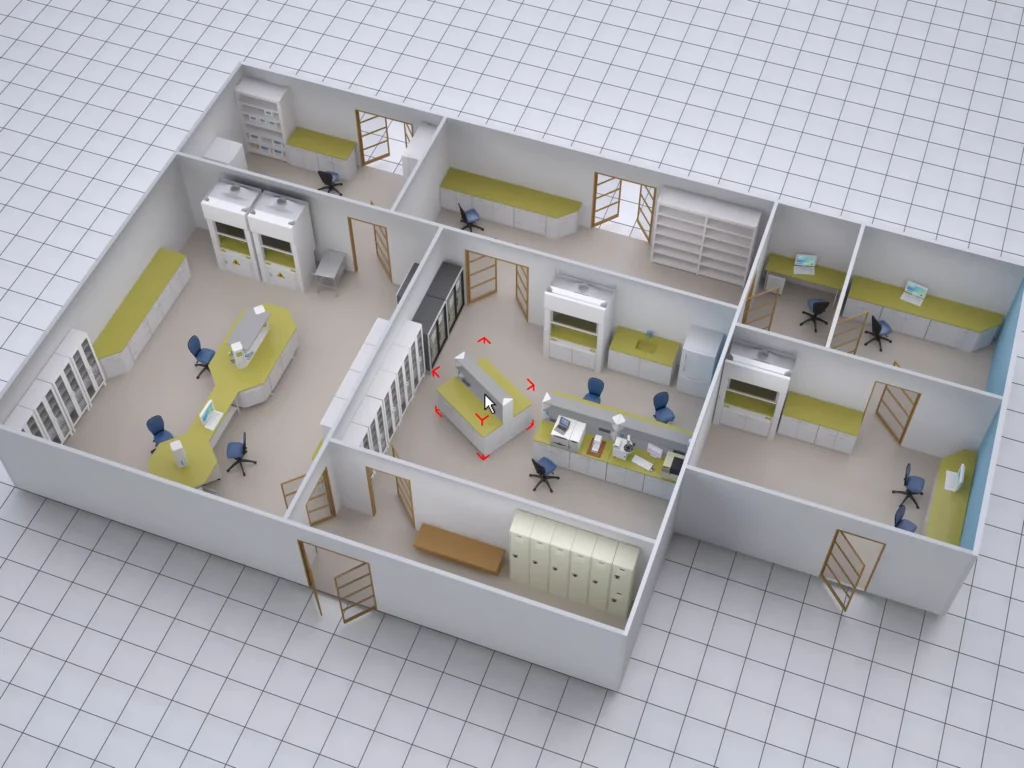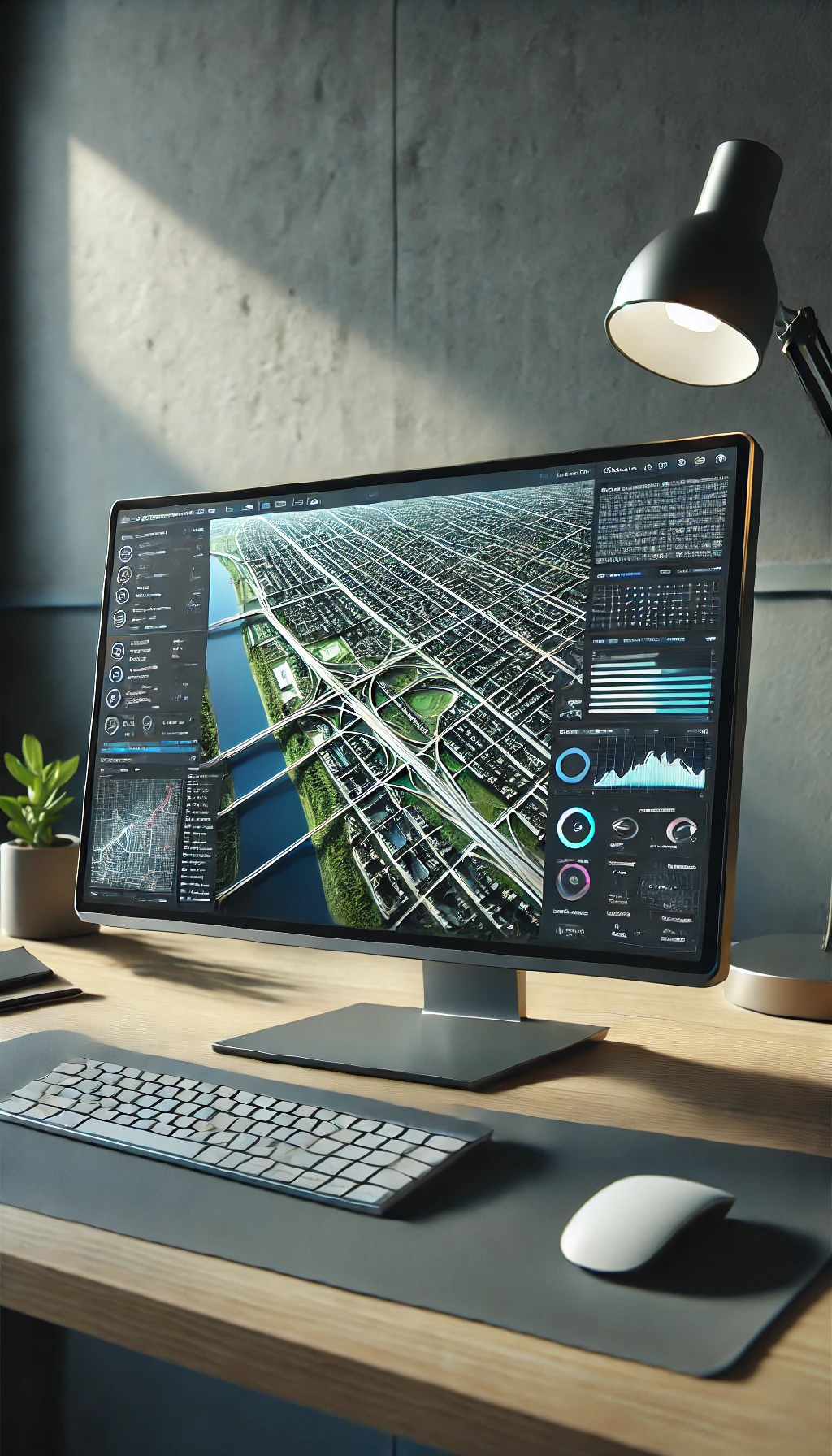SPATIAL CONFIGURATOR

Spatial Configurator
A spatial configurator, also known as a spatial configurator, is a powerful tool that enables the customization and visualization of products or environments in a three-dimensional (3D) space.
This type of configurator is particularly valuable in contexts where spatial relationships and placements are crucial.
Here is an overview of why a spatial configurator is beneficial, as well as common uses and specific benefits of this technology.
Spatial configurators offer many benefits to both businesses and customers by improving visualization, increasing interactivity and engagement, reducing the risk of errors and increasing efficiency.
Common uses include interior design, real estate development, industrial design, e-commerce and event planning.
By investing in spatial configurators, companies can offer their customers a superior and modern experience that helps them make better decisions and increase customer satisfaction.
Functionality and Uses
Advantages of Spatial Configurators
Improved Visualization and Understanding:
One of the most obvious benefits of a spatial configurator is its ability to improve the visualization and understanding of complex products or environments.
Users can see how different elements interact in a real 3D environment, making it easier to understand the proportions, placement and interaction of components.
This is particularly useful for products that need to fit in specific spaces or for complex installations.
Interactive and Engaging User Experience:
Spatial configurators offer an interactive and engaging user experience by allowing users to manipulate and explore 3D models in real time.
Users can rotate, zoom and move objects within the virtual environment, giving them a sense of control and participation.
This interactivity makes the configuration process more intuitive and satisfying.
Careful Planning and Design:
For projects involving careful planning and design, such as architecture and interior design, spatial configurators are invaluable.
They allow users to place furniture, equipment and other objects in a virtual replica of the actual environment, helping to ensure that everything fits properly before actual installation or construction begins.
This minimizes the risk of errors and costly rework.
Common uses
Interior design and furnishing:
Interior designers and customers can use spatial configurators to place furniture and decoration objects in virtual rooms.
This makes it possible to experiment with different layouts and styles to find the perfect combination before anything is physically purchased or changed.
Customers can see how the furniture fits in their home and adjust colors and materials in real time.
Real estate development and architecture:
For real estate developers and architects, spatial configurators are essential tools for visualizing buildings and their interiors in detail.
Users can go through virtual models of buildings, see how different design choices affect the final result and make adjustments before the construction process begins.
This ensures that the design meets customer expectations and requirements.
Industrial Design and Manufacturing:
Industrial designers and manufacturers use spatial configurators to create and test prototypes in a virtual environment.
This allows potential problems to be identified and resolved early in the design process, saving time and resources.
Configurators can also be used to optimize production layouts and ensure that all components fit together correctly.
E-commerce and Virtual Showrooms:
Spatial configurators can be used in e-commerce to create virtual showrooms where customers can explore and customize products in a 3D environment.
This is particularly useful for products such as furniture, vehicles and real estate.
Customers can see how the products look and work in a realistic environment, making it easier to make purchasing decisions.
